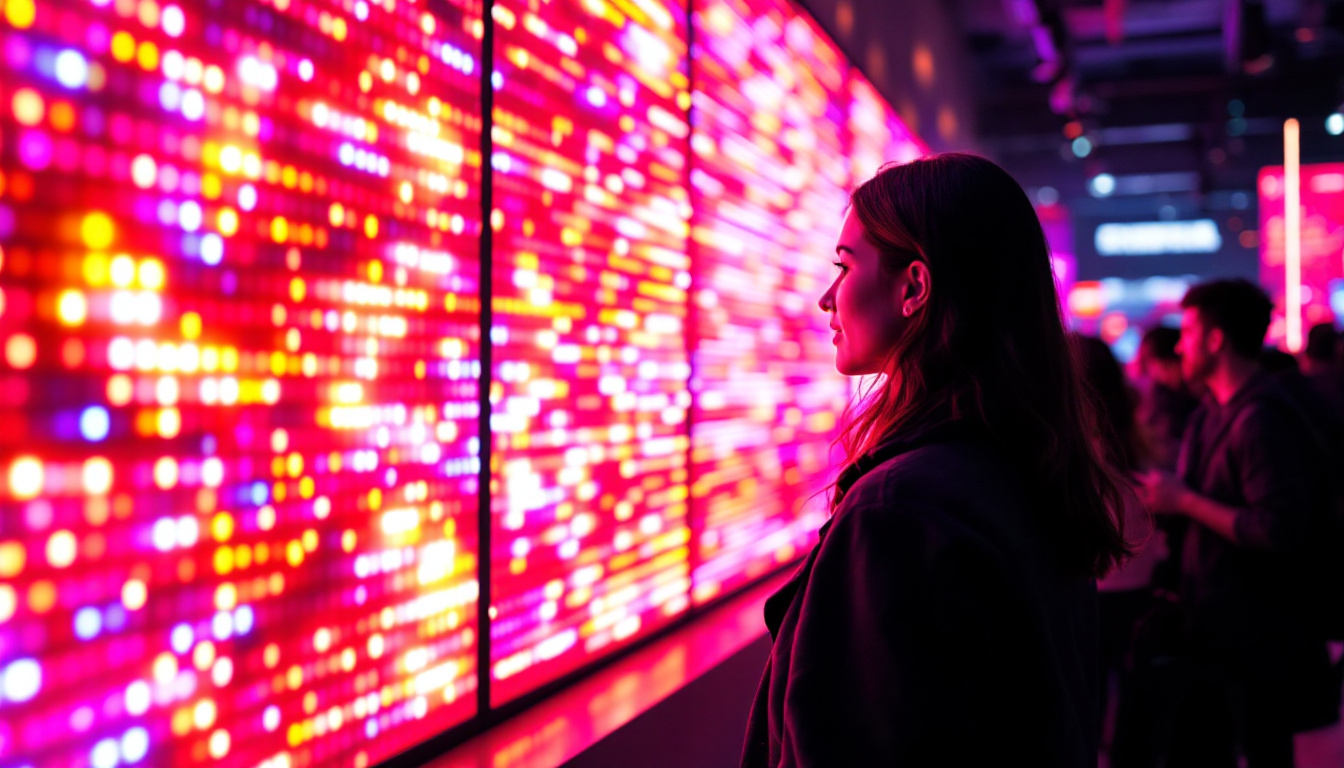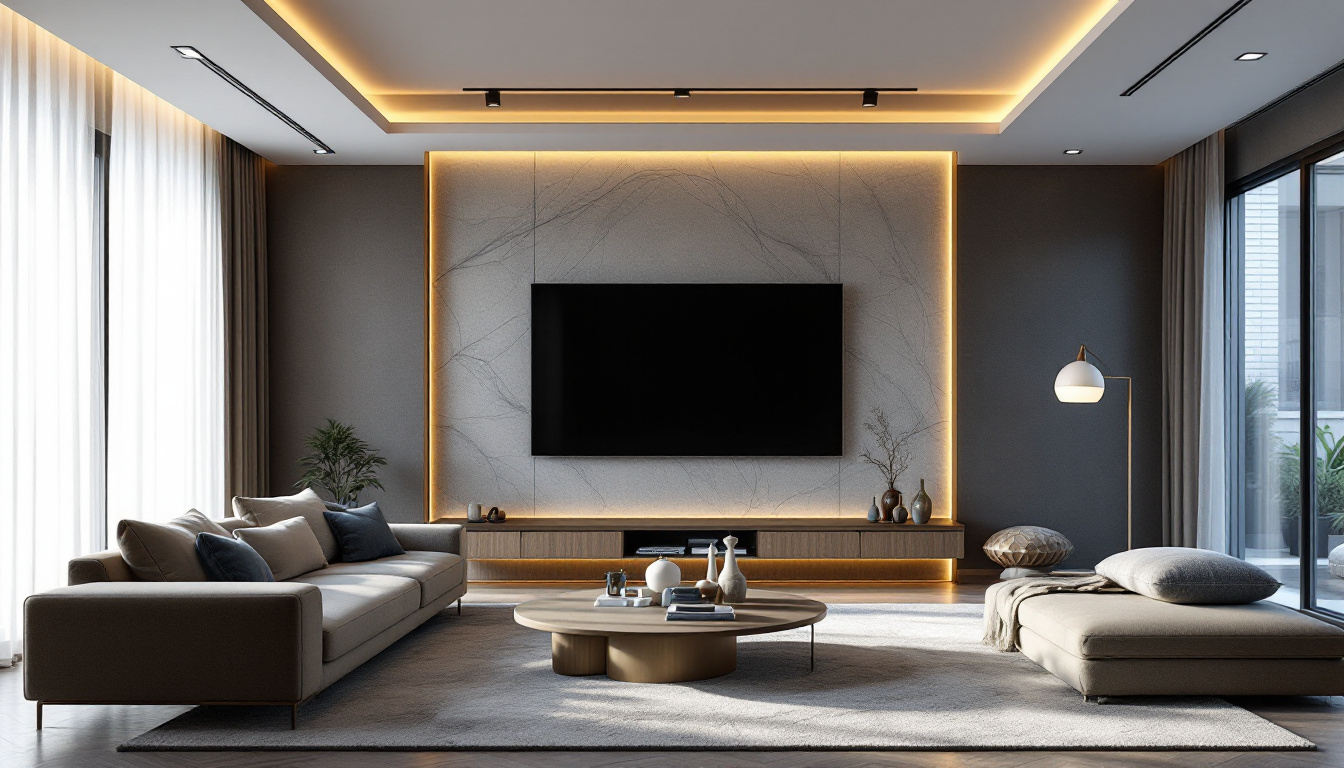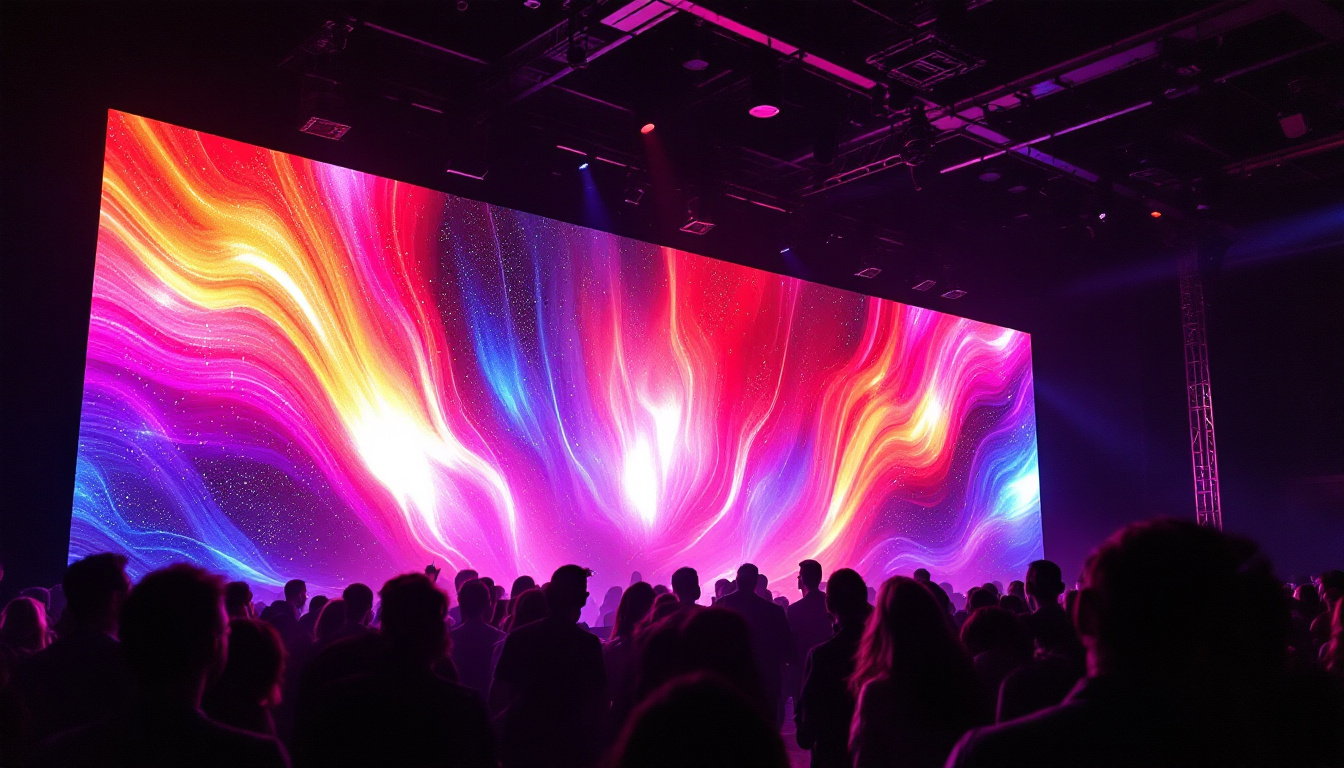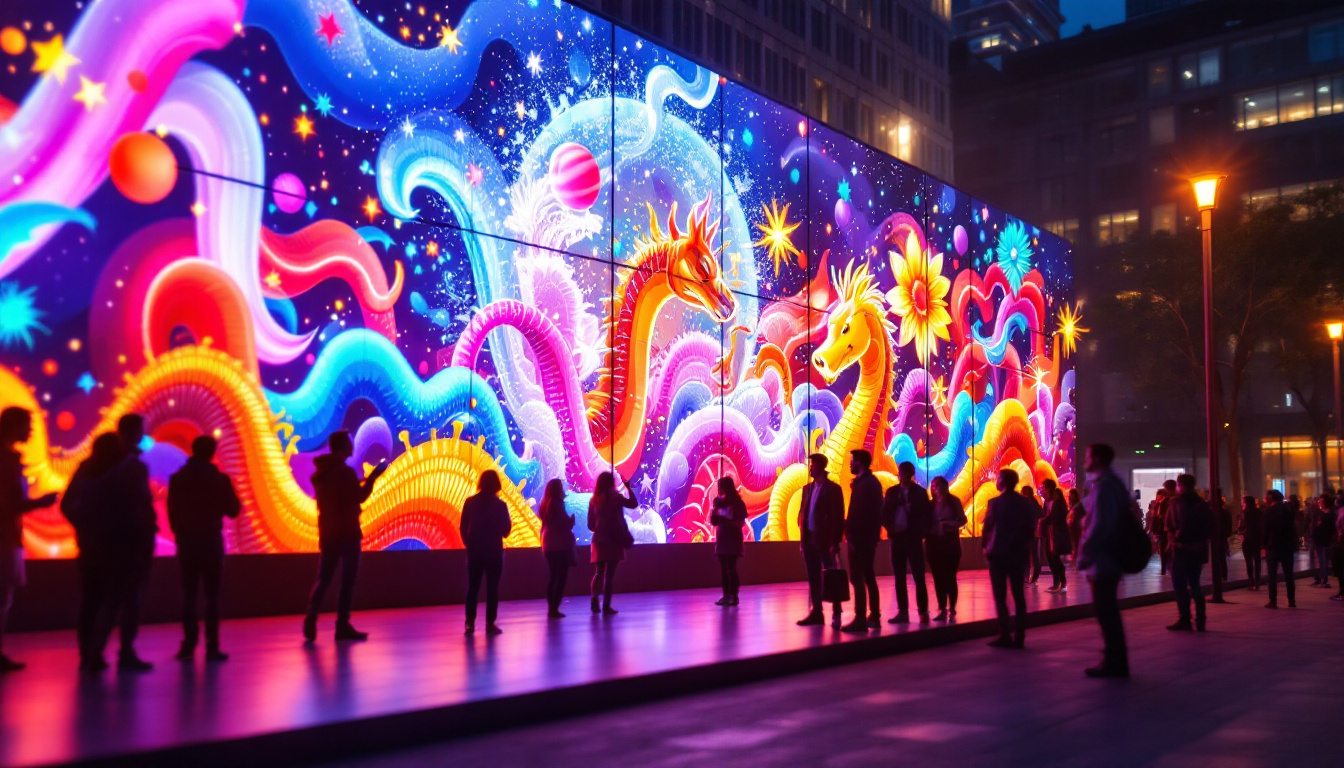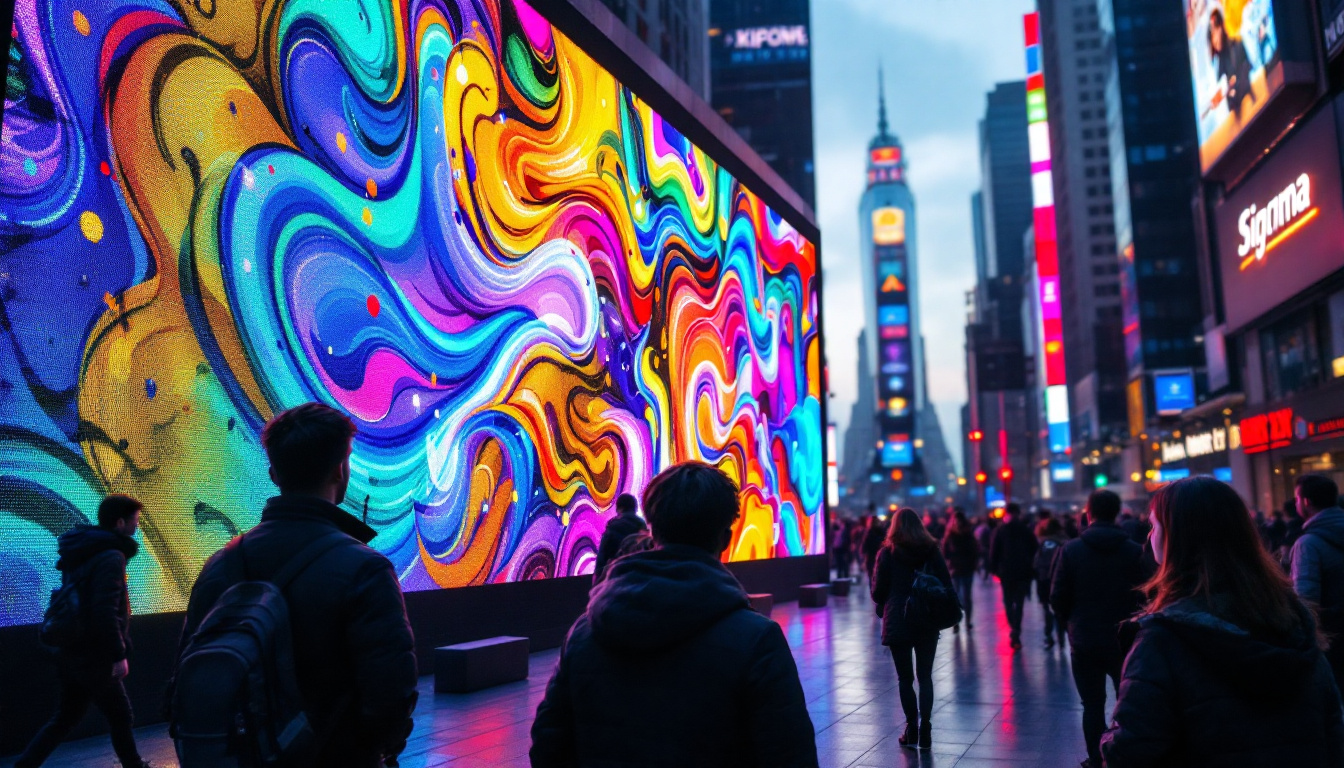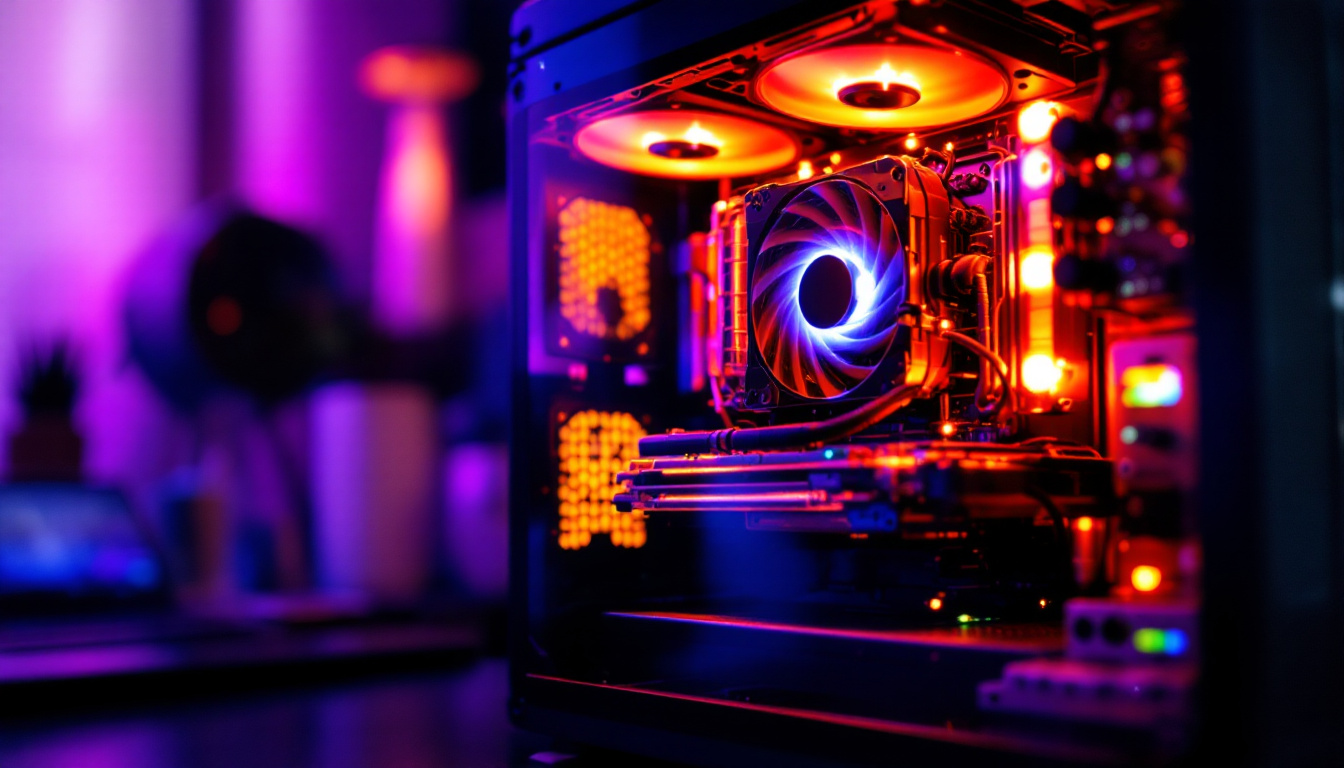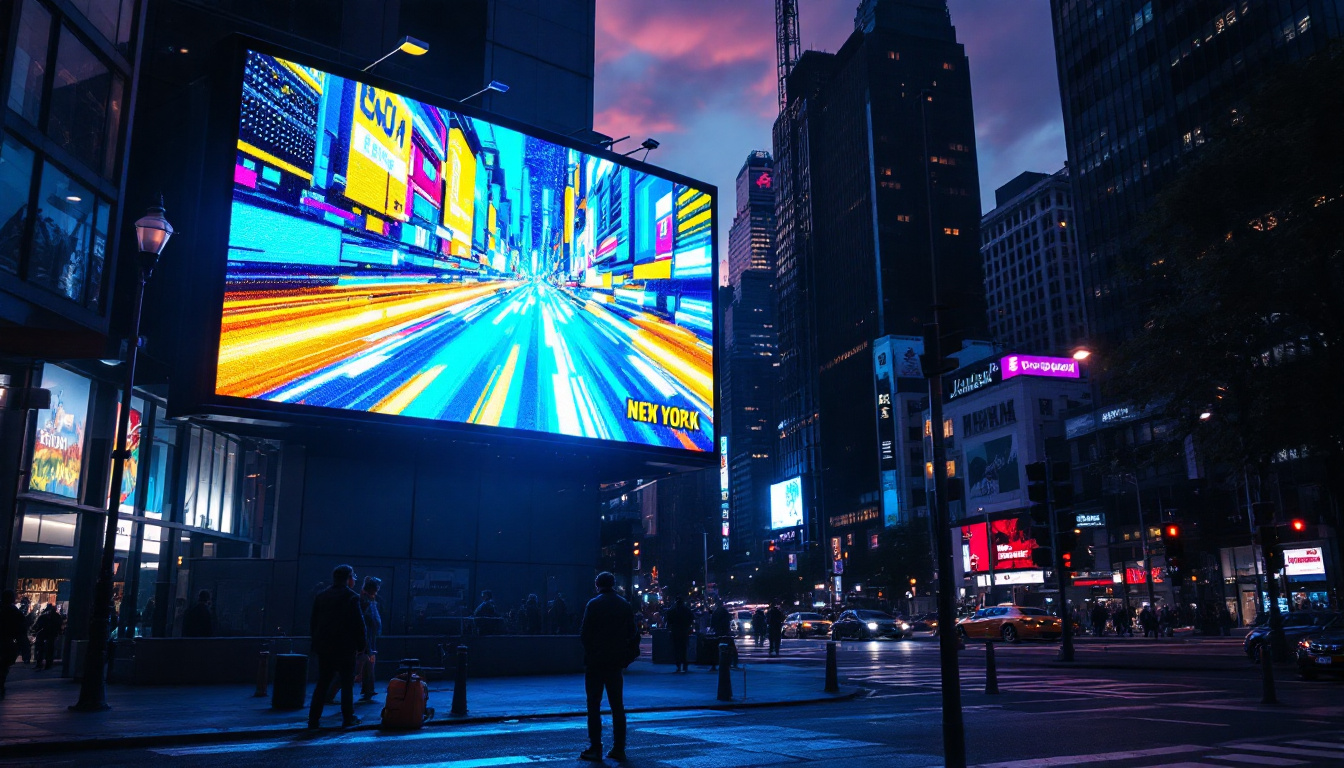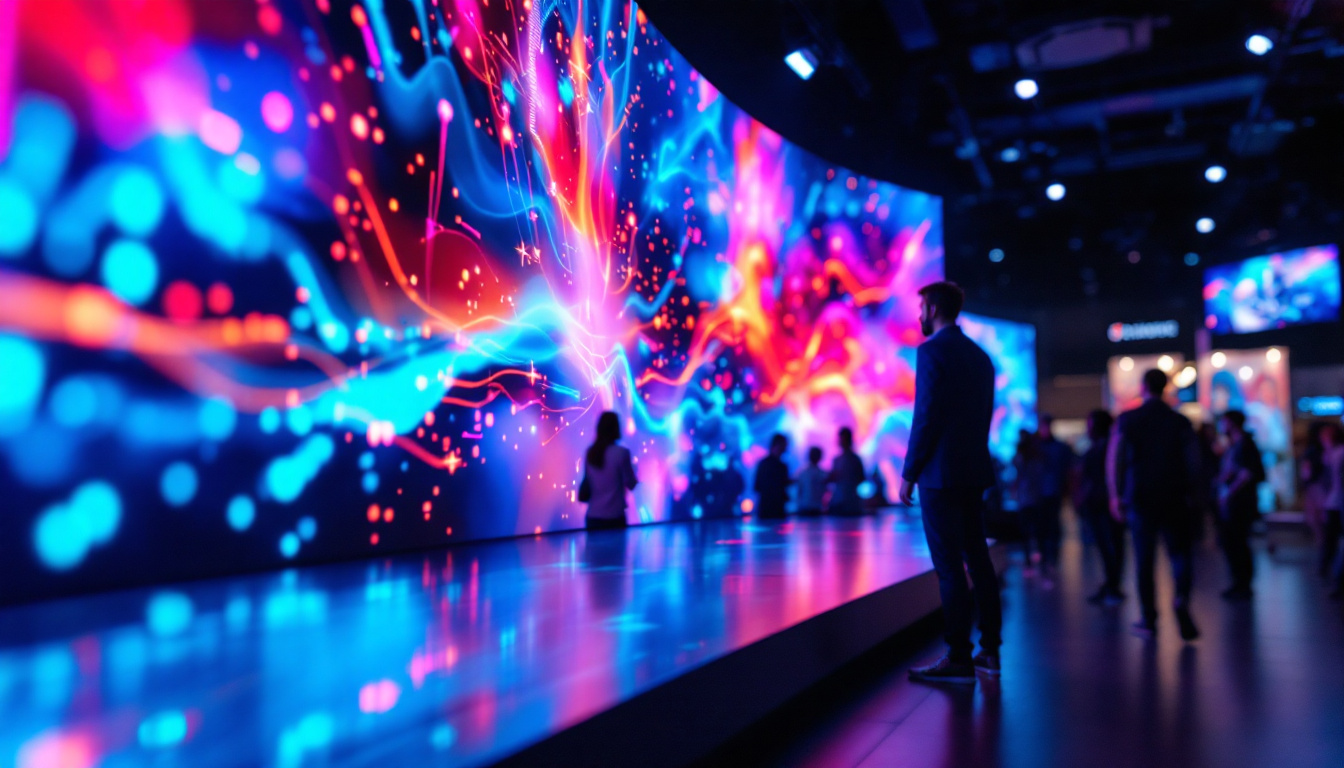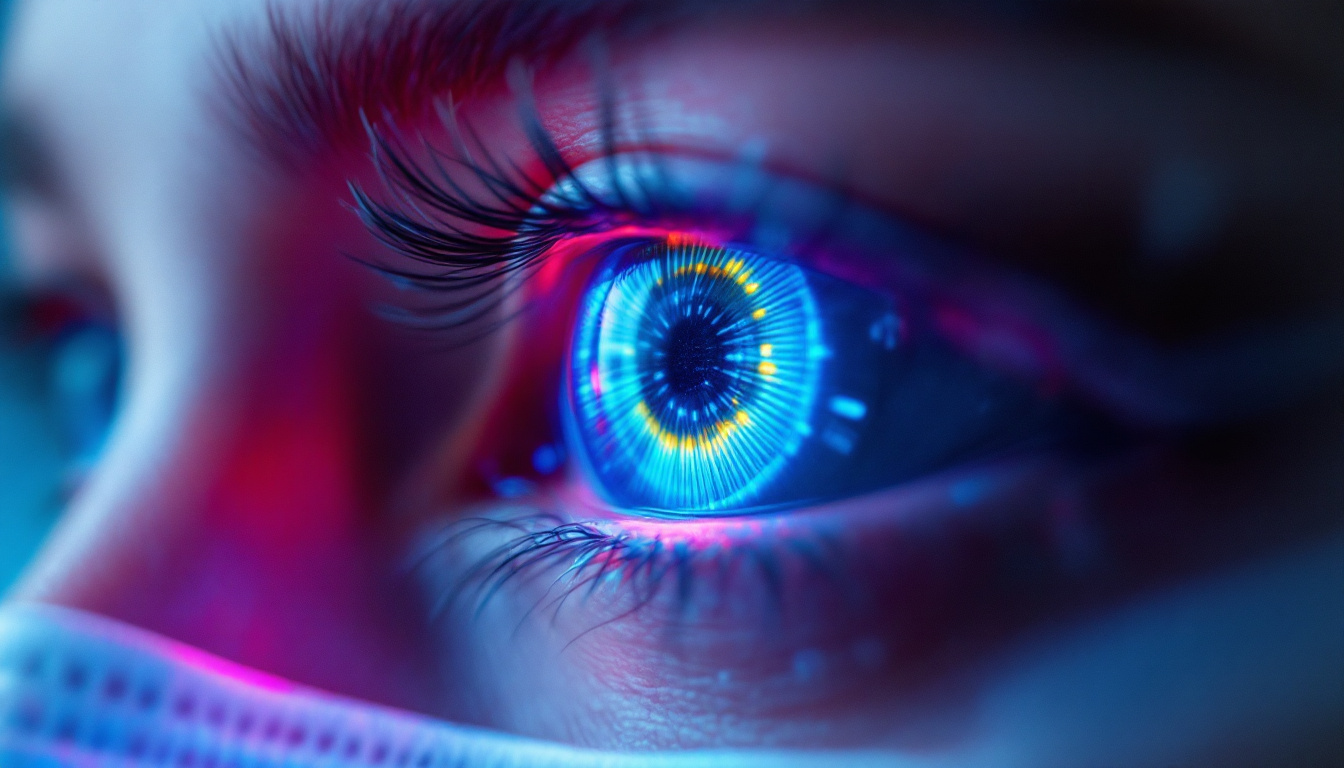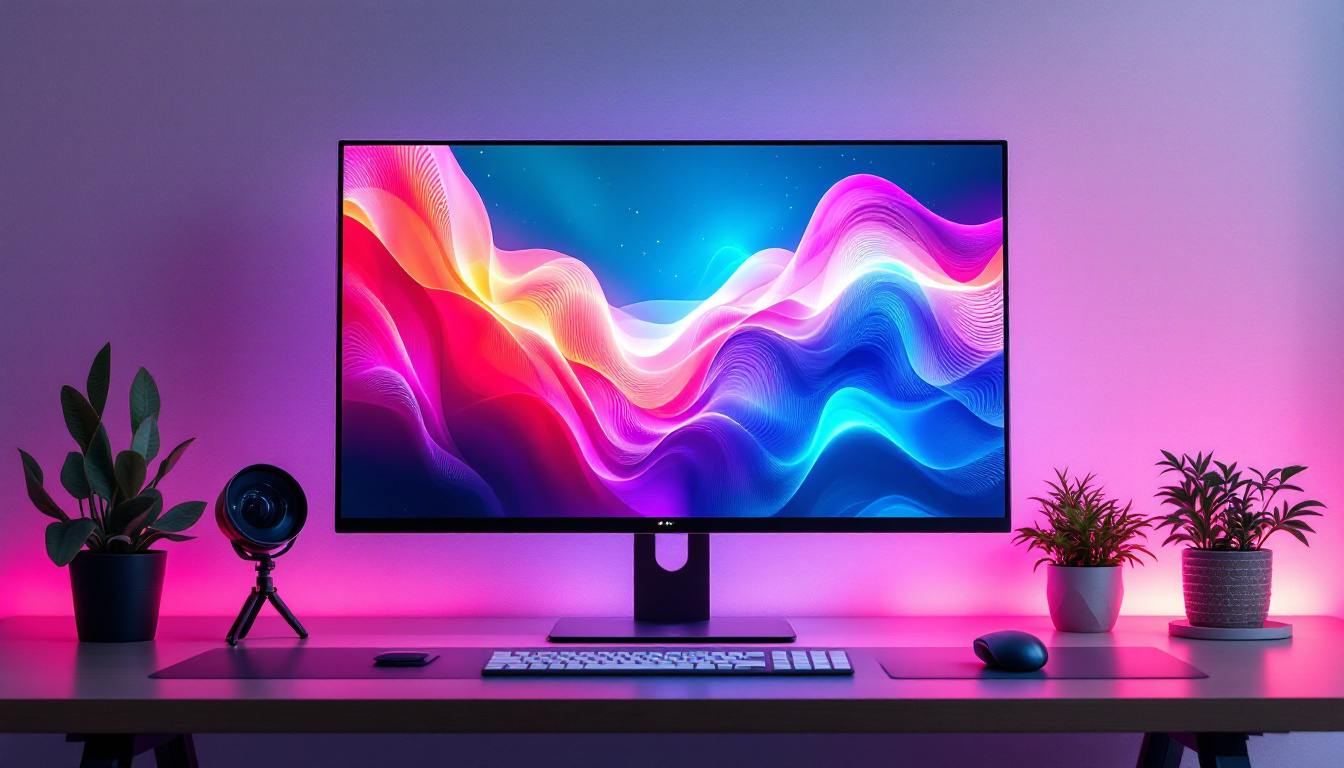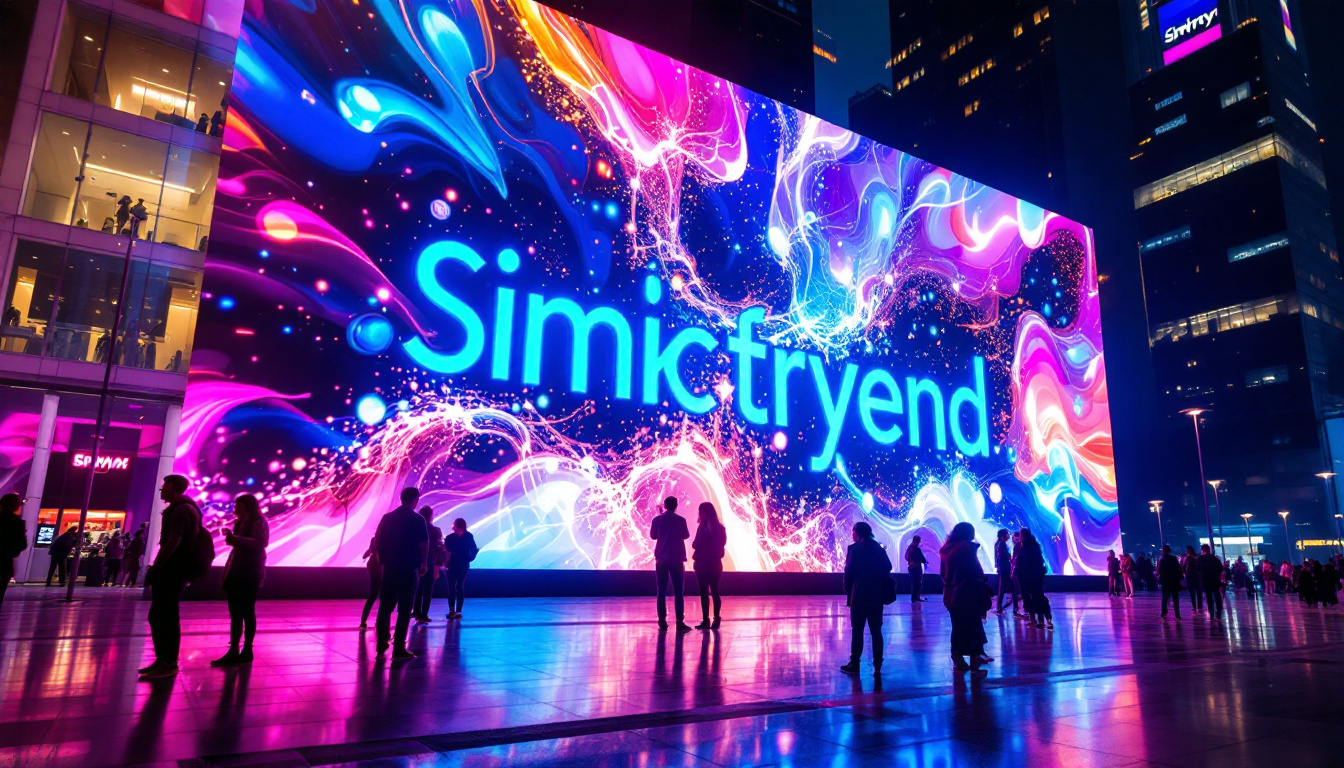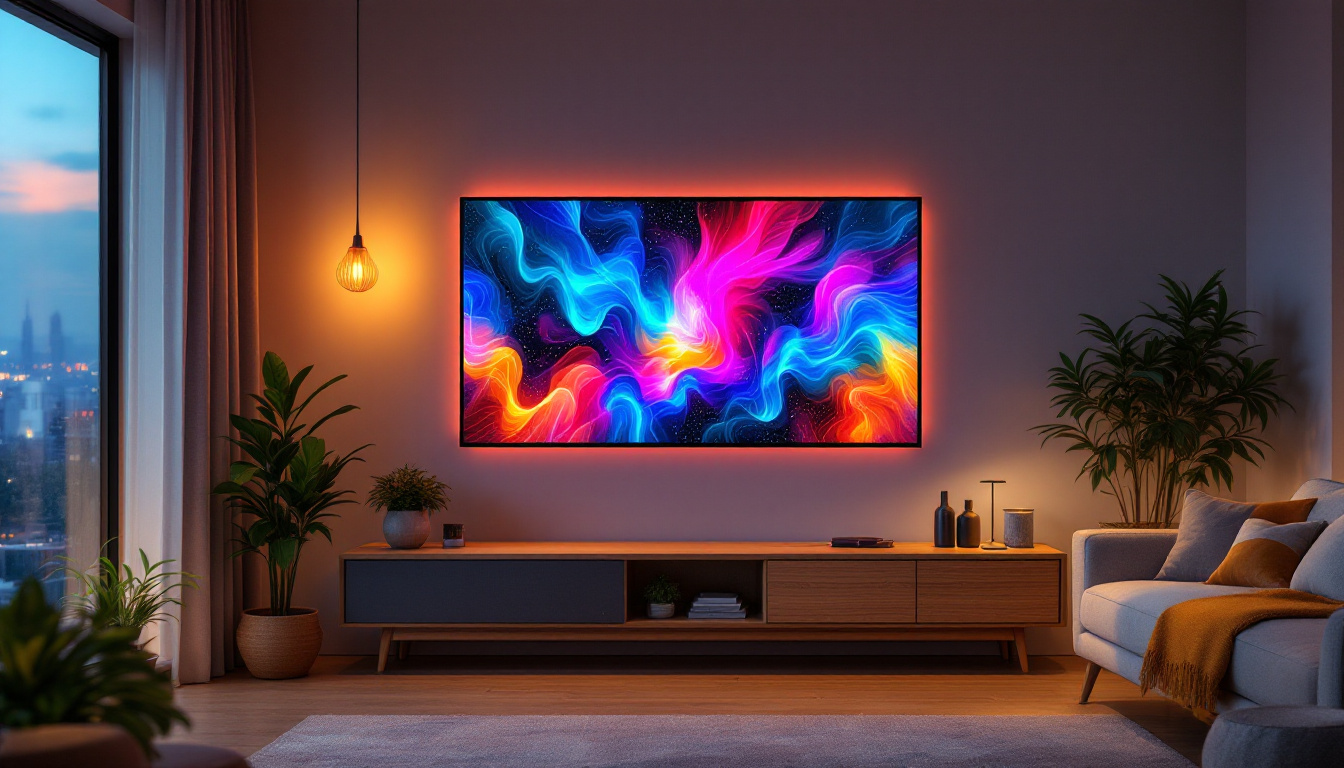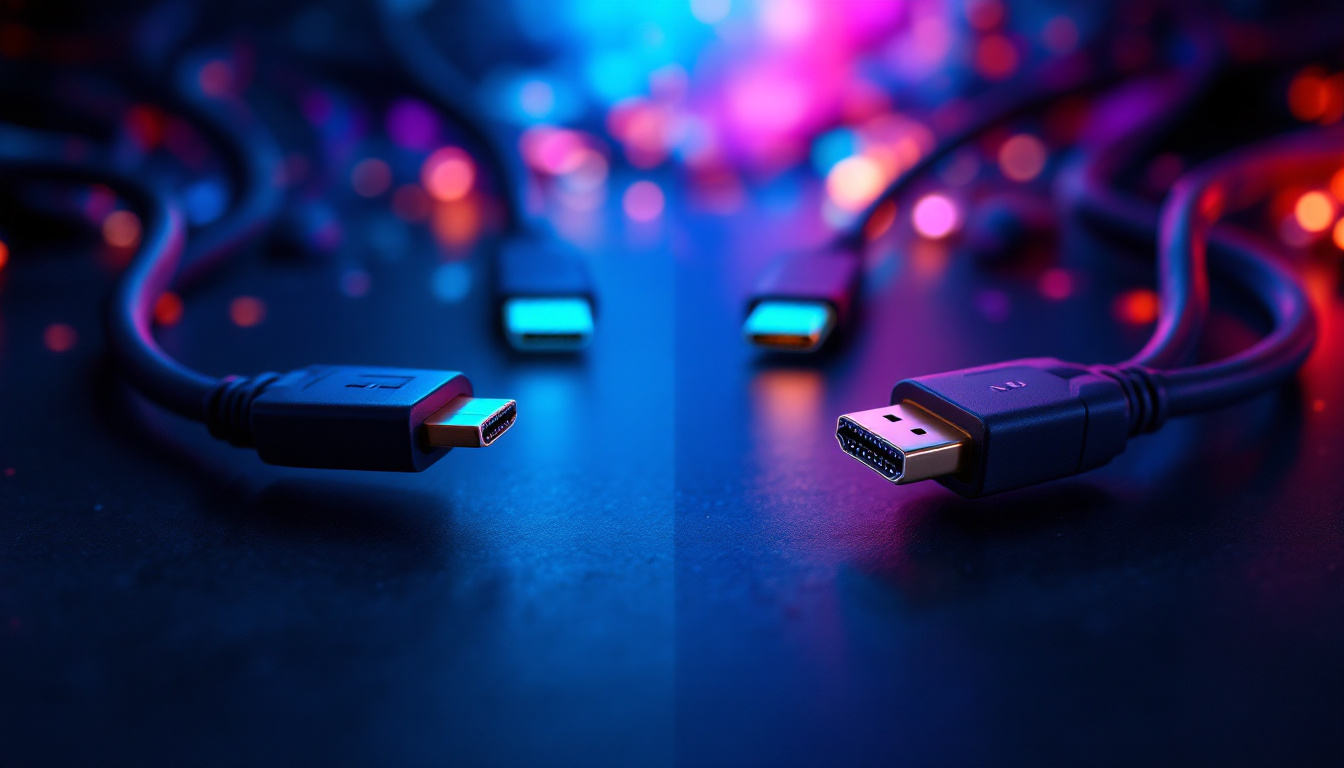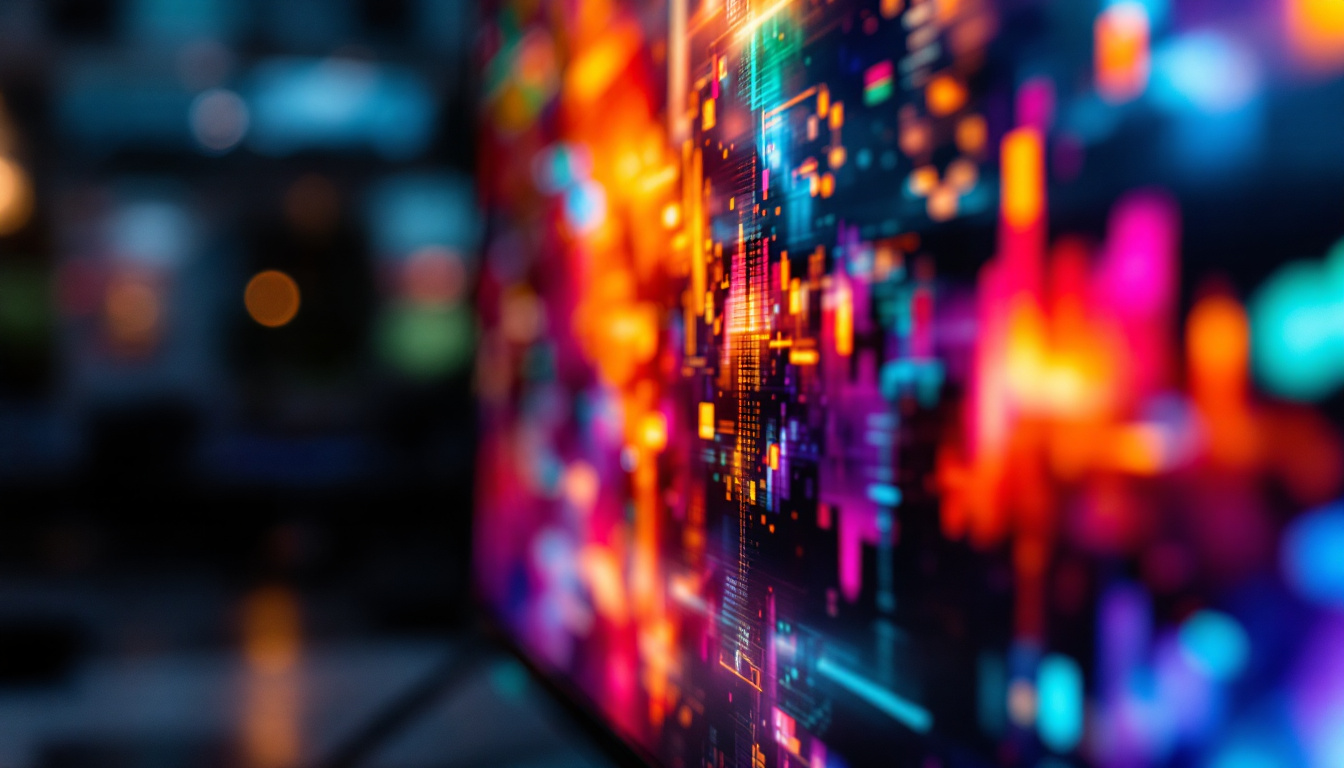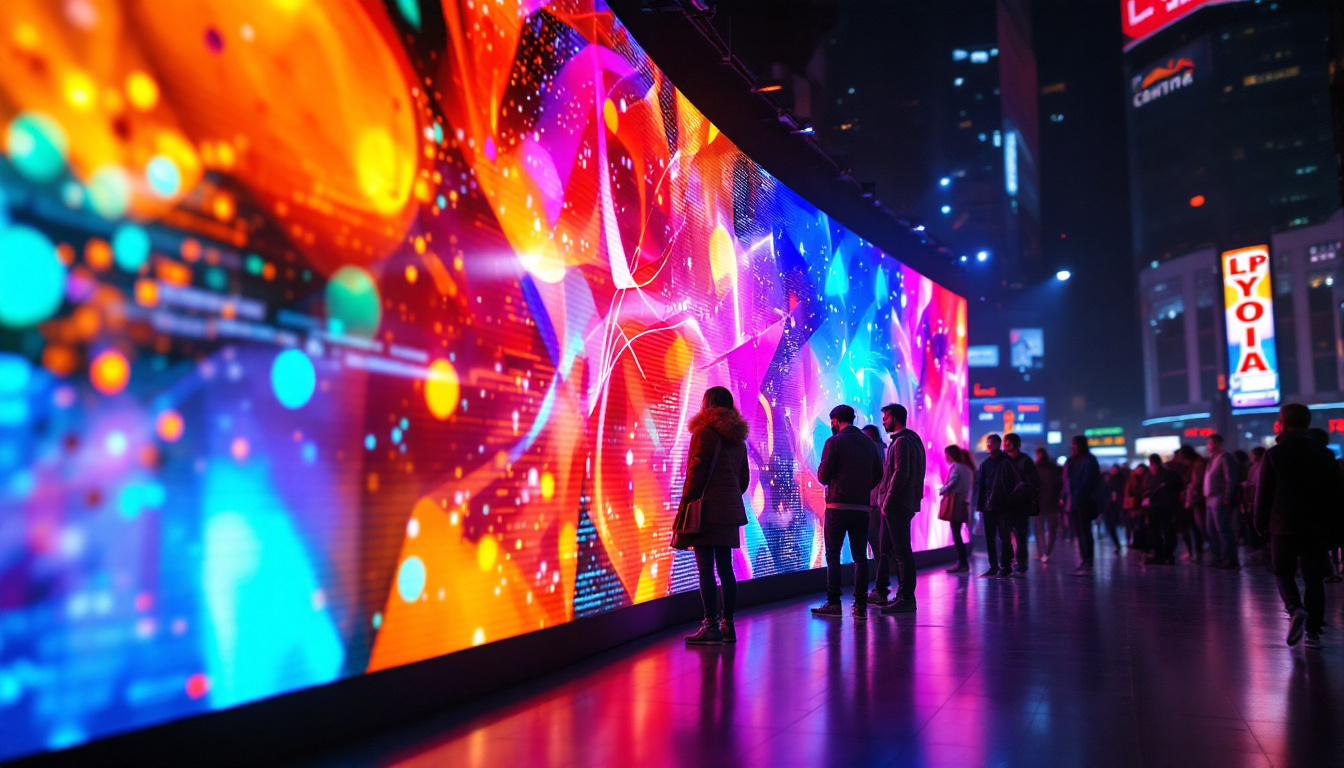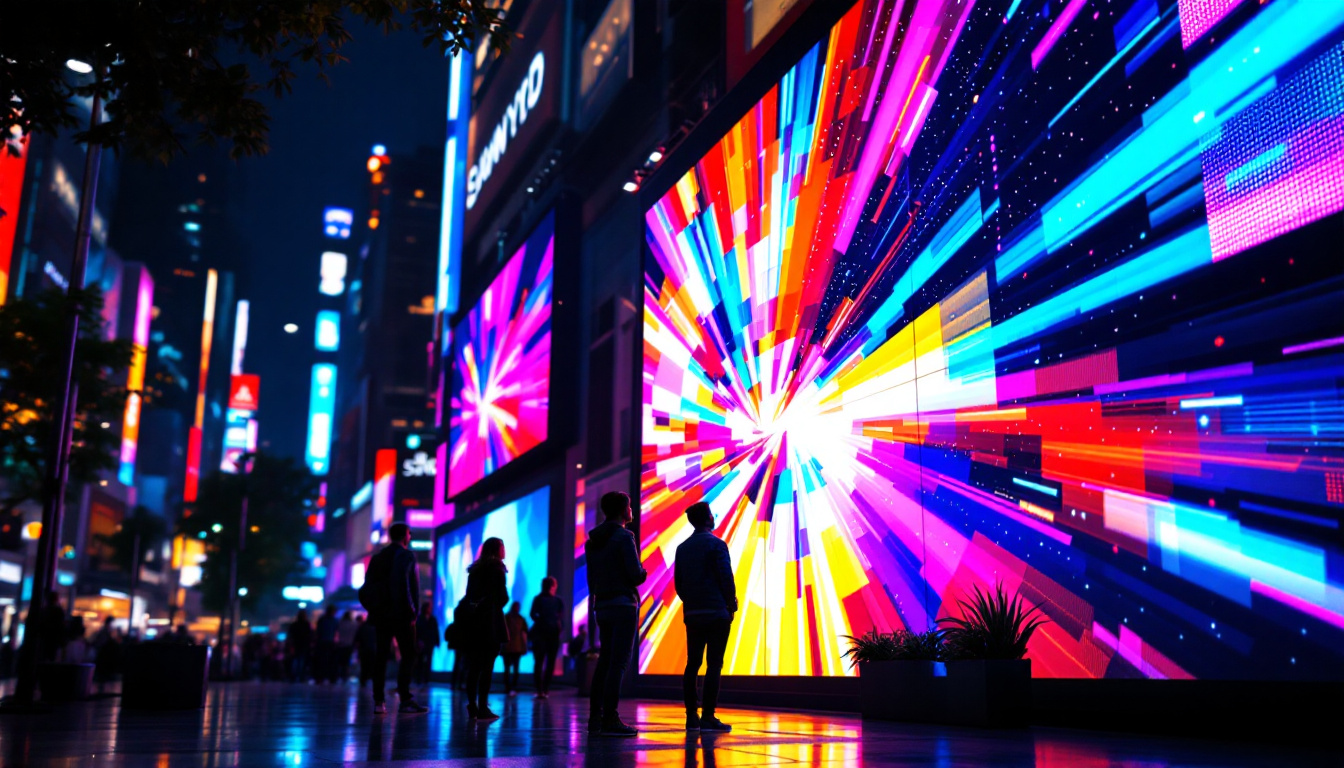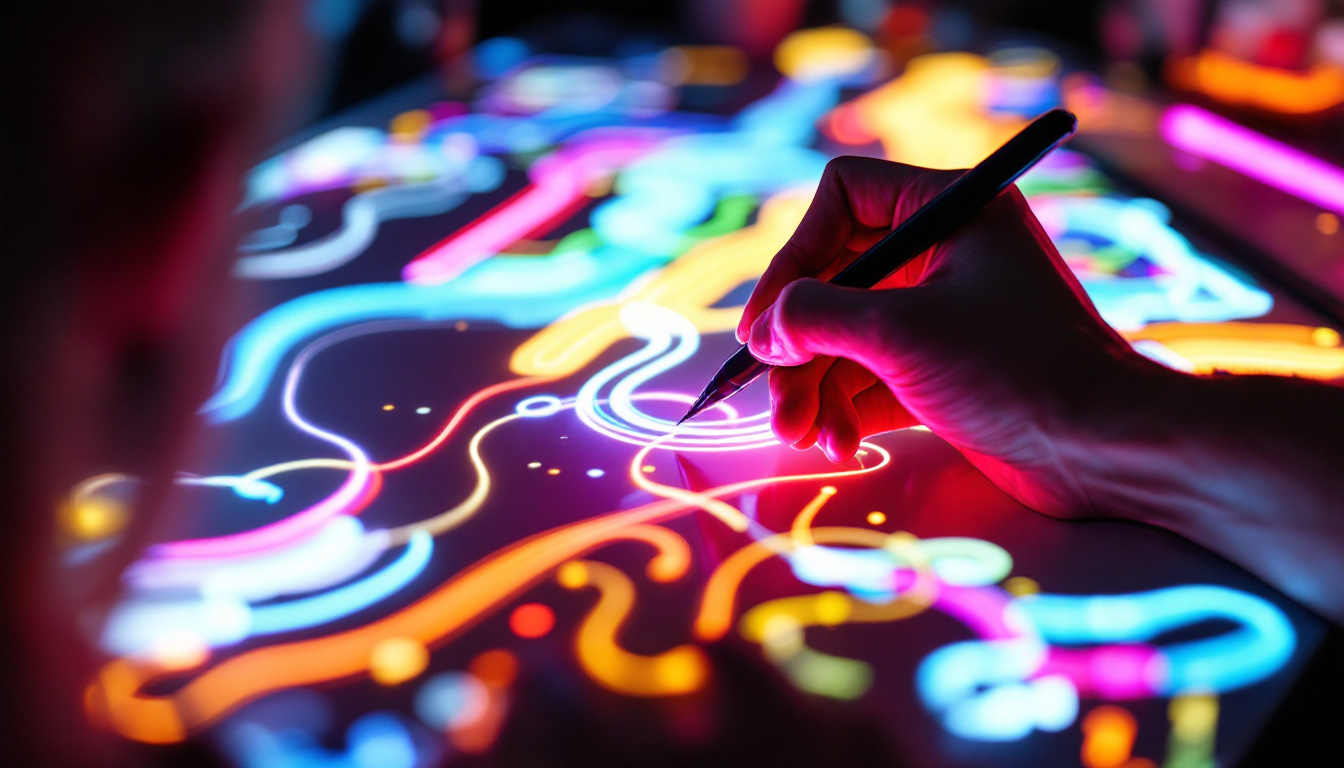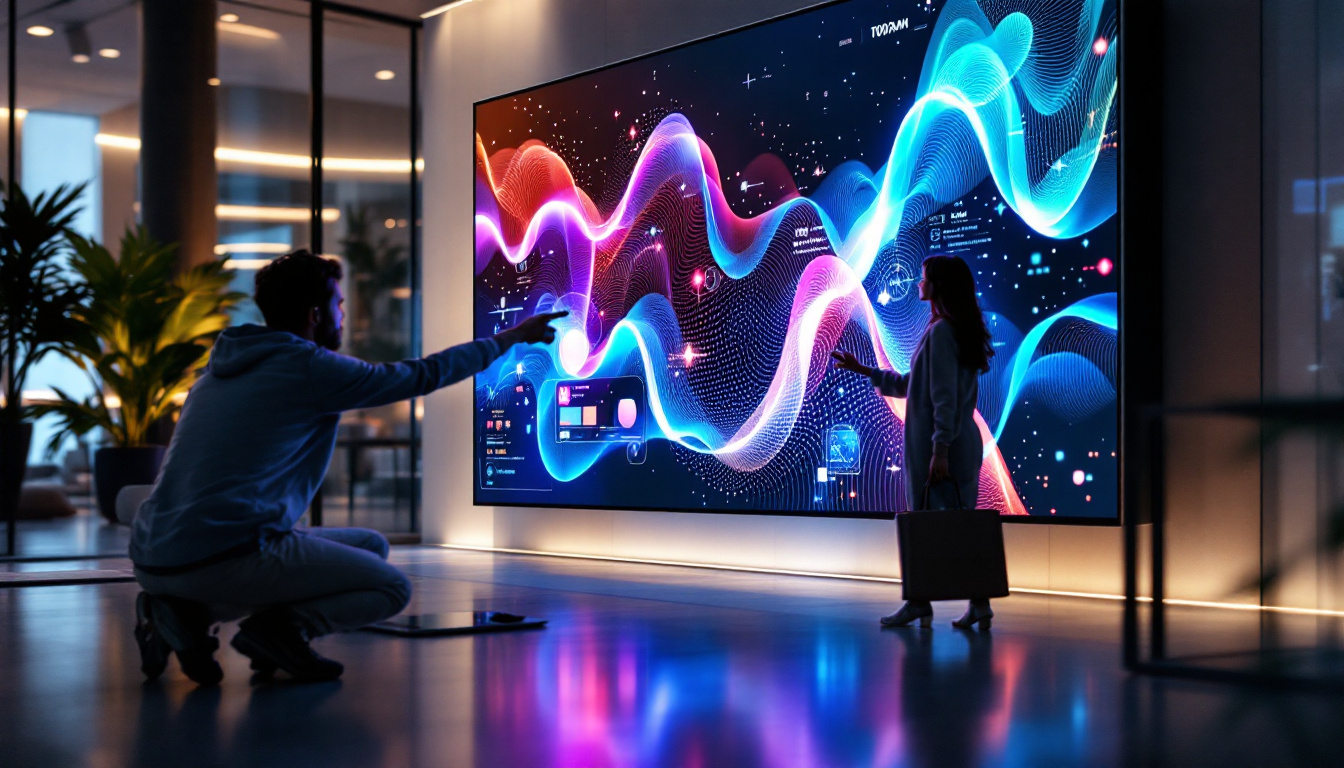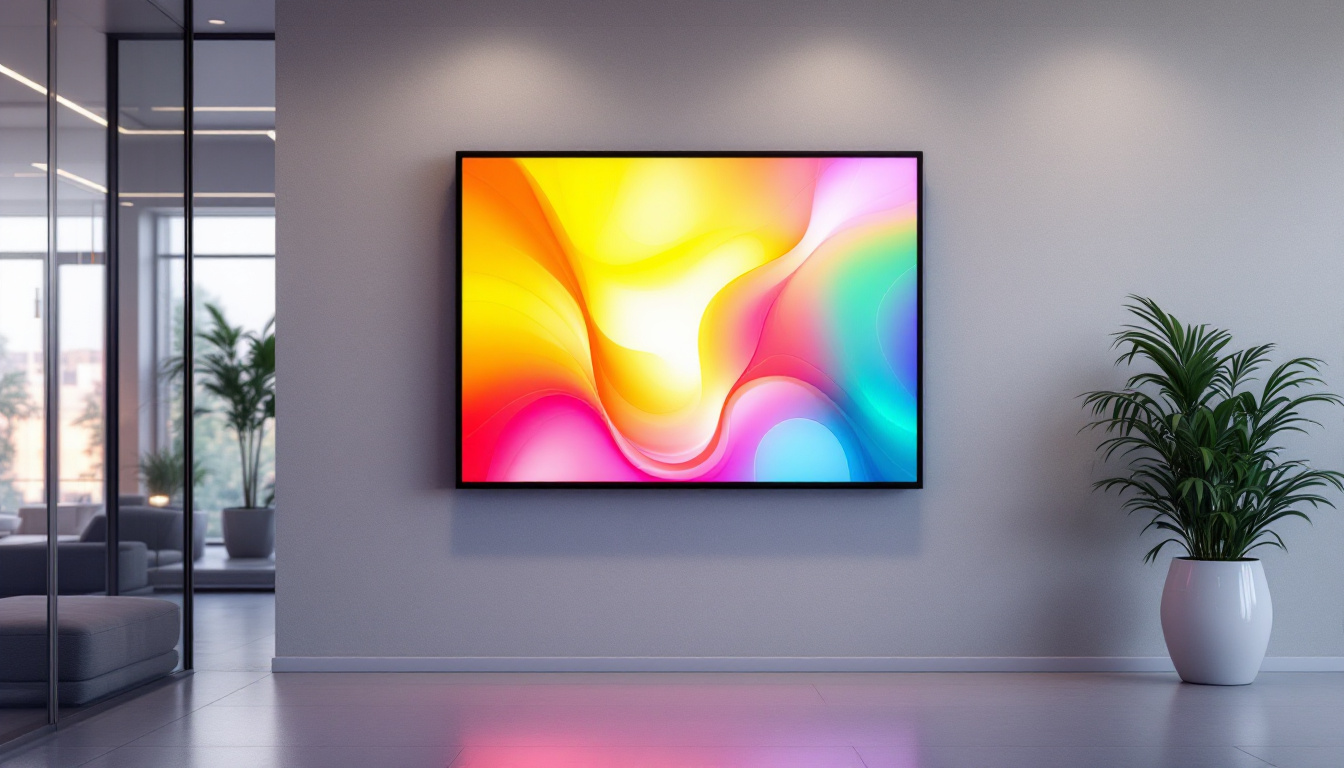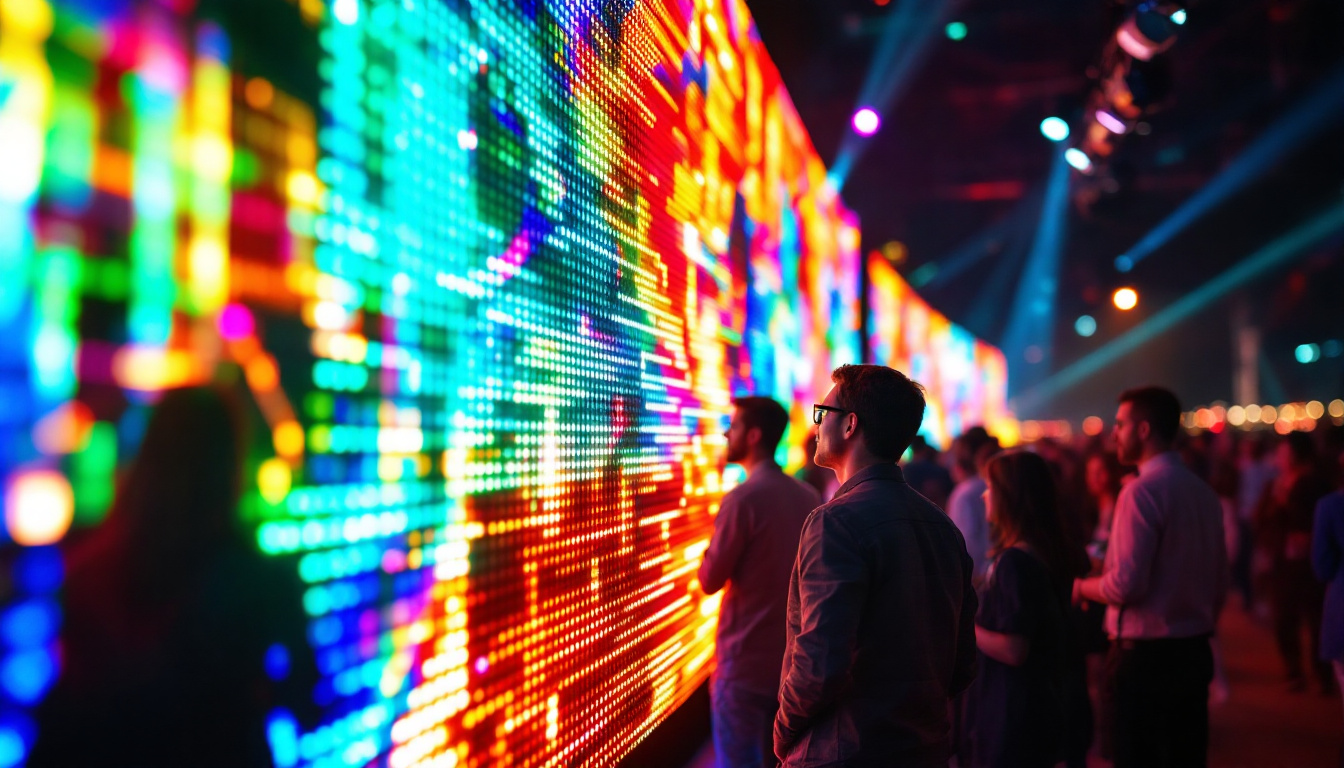In the modern world, visual communication has become increasingly important. From advertising to public announcements, LED displays are at the forefront of this revolution. These large-scale displays have transformed the way information is conveyed, providing vibrant colors and high visibility. This article delves into the intricacies of LED displays, exploring their technology, applications, advantages, and future trends.
Understanding LED Technology
LED, or Light Emitting Diode, technology has gained immense popularity due to its efficiency and versatility. At its core, an LED display consists of numerous tiny diodes that emit light when an electric current passes through them. This section will break down the fundamental components and workings of LED displays.
Components of LED Displays
LED displays are made up of various components that work together to create the final visual output. The primary elements include:
- LED Modules: These are the building blocks of an LED display. Each module contains a matrix of LEDs that can be programmed to display different colors and images.
- Control System: This system manages the content displayed on the screen. It receives input from various sources, such as computers or media players, and translates it into a format suitable for the display.
- Power Supply: A reliable power source is essential for LED displays. The power supply ensures that the LEDs receive the correct voltage and current to function efficiently.
How LED Displays Work
The operation of an LED display is relatively straightforward. When an electrical current flows through the diodes, they emit light. By varying the intensity of the current, different colors can be produced. The combination of red, green, and blue (RGB) LEDs allows for a wide spectrum of colors, enabling the display to show images and videos with remarkable clarity.
The control system plays a crucial role in this process. It converts digital signals into analog signals that the LED modules can understand. This conversion allows for real-time updates and dynamic content, making LED displays ideal for advertising and information dissemination.
Moreover, the advancements in LED technology have led to the development of various types of displays, including indoor and outdoor options. Indoor LED displays are typically designed to provide high-resolution images in controlled lighting environments, making them perfect for venues like theaters and conference rooms. On the other hand, outdoor LED displays are engineered to withstand harsh weather conditions, featuring enhanced brightness and durability to ensure visibility even in direct sunlight. This adaptability has made LED displays a preferred choice for billboards, sports arenas, and public information systems.
Additionally, the integration of smart technology into LED displays has transformed how content is managed and displayed. With the rise of IoT (Internet of Things), LED displays can now be connected to the internet, allowing for remote management and real-time content updates. This capability not only streamlines operations but also enhances audience engagement by enabling targeted advertising and timely information sharing. As a result, businesses can leverage data analytics to optimize their content strategies, ensuring that the right message reaches the right audience at the right time.
Applications of LED Displays
LED displays are utilized across various industries due to their adaptability and effectiveness. From retail environments to sports arenas, these displays serve multiple purposes. Below are some of the most common applications of LED technology.
Advertising and Marketing
One of the most prominent uses of LED displays is in advertising. Businesses leverage these vibrant screens to capture the attention of potential customers. Digital billboards, for instance, can display multiple advertisements in a single location, rotating content to maximize exposure.
Moreover, the dynamic nature of LED displays allows for real-time updates. Companies can change their advertisements based on time, weather, or current events, ensuring that the content remains relevant and engaging. This flexibility has made LED displays a preferred choice for marketers looking to enhance their visibility.
Public Information Systems
LED displays are also widely used in public information systems. Transportation hubs, such as airports and train stations, utilize these displays to provide real-time updates on schedules, delays, and other critical information. The high visibility and clarity of LED screens ensure that travelers can easily access important announcements.
In addition to transportation, LED displays are employed in educational institutions and public spaces to convey messages, alerts, and event information. Their ability to display vibrant graphics and text makes them effective tools for communication in various settings.
Entertainment and Events
In the entertainment sector, LED displays have revolutionized the way audiences experience events. Concerts, sports games, and festivals often feature large LED screens that enhance the visual experience. These displays can show live feeds, graphics, and animations, creating an immersive atmosphere for attendees.
Furthermore, the flexibility of LED technology allows for creative stage designs. Event organizers can create stunning visual backdrops that complement performances, making each event unique and memorable.
Advantages of LED Displays
The popularity of LED displays can be attributed to their numerous advantages over traditional display technologies. Understanding these benefits is essential for businesses and organizations considering the adoption of LED technology.
Energy Efficiency
One of the most significant advantages of LED displays is their energy efficiency. Compared to traditional incandescent or fluorescent displays, LEDs consume significantly less power. This not only reduces operational costs but also contributes to a smaller carbon footprint, making LED displays an environmentally friendly choice.
The longevity of LED technology further enhances its energy efficiency. LED displays can last up to 100,000 hours, reducing the need for frequent replacements and maintenance. This durability translates into long-term savings for businesses and organizations.
High Brightness and Visibility
LED displays are known for their exceptional brightness and visibility, even in direct sunlight. This characteristic makes them ideal for outdoor applications, where traditional displays may struggle to be seen. The high contrast ratio of LED screens ensures that content remains clear and vibrant, regardless of the viewing conditions.
Moreover, LED displays can be viewed from various angles without losing image quality. This wide viewing angle allows for better audience engagement, making LED displays a popular choice for public spaces and events.
Versatility and Customization
Another notable advantage of LED displays is their versatility. They can be customized to fit various sizes and shapes, allowing for creative installations that cater to specific needs. Whether it’s a large outdoor billboard or a small indoor screen, LED technology can adapt to different environments.
This customization extends to the content displayed as well. Businesses can easily update their messages, images, and videos, ensuring that their content remains fresh and relevant. The ability to change content quickly is a significant advantage in a fast-paced market.
Challenges and Considerations
While LED displays offer numerous benefits, there are also challenges and considerations that potential users should keep in mind. Understanding these challenges can help organizations make informed decisions when investing in LED technology.
Initial Investment Costs
The initial investment required for LED displays can be substantial. Although the long-term savings on energy and maintenance costs are significant, the upfront costs may deter some businesses from making the switch. It is essential to weigh these costs against the potential benefits and ROI.
Organizations should also consider the type of LED display that best suits their needs. Different applications may require varying levels of resolution, brightness, and size, which can affect pricing. Conducting thorough research and consulting with experts can help in making the right choice.
Technical Expertise and Maintenance
LED displays require a certain level of technical expertise for installation and maintenance. Organizations may need to invest in training staff or hiring specialists to ensure that the displays operate effectively. Regular maintenance is essential to keep the displays in optimal condition, which can add to ongoing costs.
Additionally, as technology evolves, staying updated with the latest advancements in LED technology may require continuous learning and adaptation. This commitment to keeping up with technological changes can be a challenge for some organizations.
The Future of LED Displays
The future of LED displays looks promising, with advancements in technology paving the way for new possibilities. As industries continue to embrace digital transformation, LED displays are expected to play a vital role in shaping the visual landscape.
Innovations in LED Technology
Recent innovations in LED technology have led to the development of flexible and transparent displays. These advancements allow for creative applications that were previously unimaginable. For instance, flexible LED displays can be curved or shaped to fit unique environments, while transparent displays can blend seamlessly into architectural designs.
Furthermore, advancements in pixel density are enabling higher resolution displays, providing even more detailed and vibrant visuals. This trend is particularly relevant for applications in advertising, entertainment, and art installations, where visual quality is paramount.
Integration with Smart Technologies
The integration of LED displays with smart technologies is another trend that is gaining momentum. As the Internet of Things (IoT) continues to expand, LED displays can be connected to various devices and systems, allowing for real-time data sharing and interaction.
This integration can enhance the functionality of LED displays, enabling features such as interactive advertising, audience engagement, and data-driven content. As businesses seek to create more personalized experiences for their customers, the combination of LED technology and smart systems will become increasingly valuable.
Conclusion
LED displays have revolutionized the way information is communicated, offering vibrant visuals and dynamic content that capture attention. Their applications span across various industries, making them an essential tool for advertising, public information, and entertainment. While there are challenges to consider, the advantages of LED technology, such as energy efficiency, high visibility, and versatility, make it a compelling choice for organizations looking to enhance their communication strategies.
As technology continues to evolve, the future of LED displays holds exciting possibilities. Innovations in design and integration with smart technologies will further expand their capabilities, making them indispensable in a world that increasingly relies on visual communication. Embracing LED displays today can pave the way for a more engaging and effective tomorrow.
Discover LumenMatrix LED Display Solutions
Ready to elevate your visual communication with the latest in LED technology? LumenMatrix is at the forefront of innovation, offering a diverse range of LED display solutions tailored to your needs. Whether you’re looking for Indoor LED Wall Displays, Outdoor LED Wall Displays, or specialized options like Vehicle LED Displays and LED Sports Displays, LumenMatrix has the cutting-edge products to bring your vision to life. Experience unparalleled brand visibility and create engaging visual experiences with our state-of-the-art LED modules. Check out LumenMatrix LED Display Solutions and join the visual revolution today.


